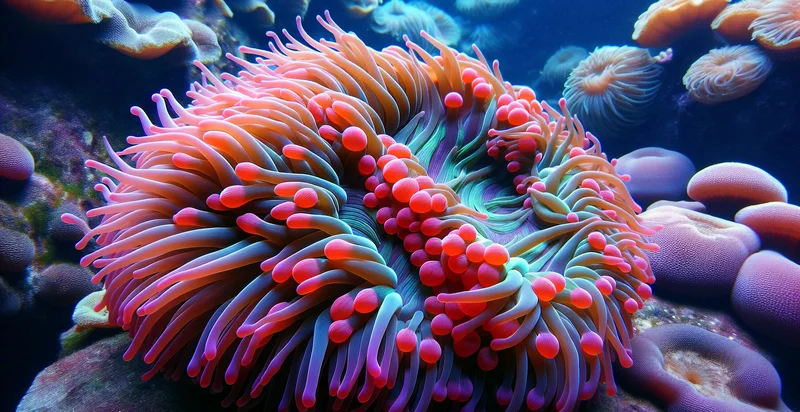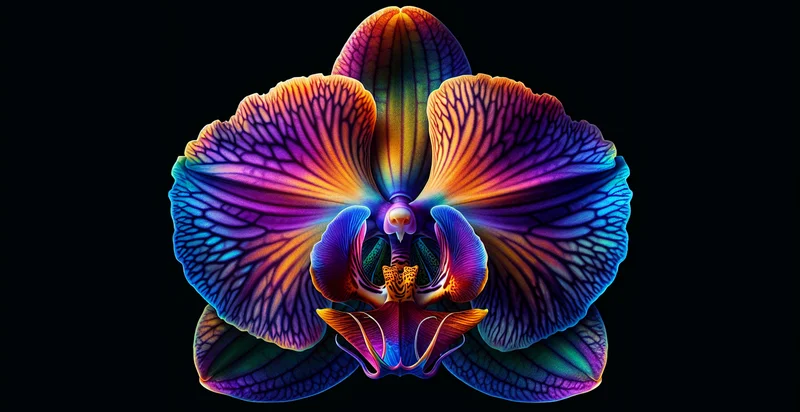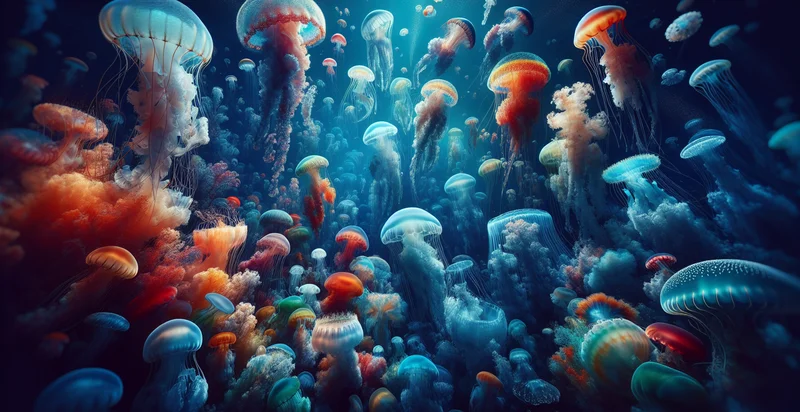Identify is this an anemone
using AI
Below is a free classifier to identify is this an anemone. Just upload your image, and our AI will predict if it's an anemone - in just seconds.

Contact us for API access
Or, use Nyckel to build highly-accurate custom classifiers in just minutes. No PhD required.
Get started
import nyckel
credentials = nyckel.Credentials("YOUR_CLIENT_ID", "YOUR_CLIENT_SECRET")
nyckel.invoke("is-this-an-anemone", "your_image_url", credentials)
fetch('https://www.nyckel.com/v1/functions/is-this-an-anemone/invoke', {
method: 'POST',
headers: {
'Authorization': 'Bearer ' + 'YOUR_BEARER_TOKEN',
'Content-Type': 'application/json',
},
body: JSON.stringify(
{"data": "your_image_url"}
)
})
.then(response => response.json())
.then(data => console.log(data));
curl -X POST \
-H "Content-Type: application/json" \
-H "Authorization: Bearer YOUR_BEARER_TOKEN" \
-d '{"data": "your_image_url"}' \
https://www.nyckel.com/v1/functions/is-this-an-anemone/invoke
How this classifier works
To start, upload your image. Our AI tool will then predict if it's an anemone.
This pretrained image model uses a Nyckel-created dataset and has 2 labels, including Is An Anemone and Is Not An Anemone.
We'll also show a confidence score (the higher the number, the more confident the AI model is around if it's an anemone).
Whether you're just curious or building is this an anemone detection into your application, we hope our classifier proves helpful.
Related Classifiers
Need to identify is this an anemone at scale?
Get API or Zapier access to this classifier for free. It's perfect for:
- Marine Biology Research: Researchers can utilize the "is this an anemone" identifier to quickly classify and catalog various species of marine life during underwater surveys. This functionality aids in biodiversity studies and species monitoring, ensuring accurate data collection in ecological assessments.
- Aquarium Management: Aquarists and aquarium operators can implement this classification tool for identifying anemones in their displays. This assists in proper care, feeding, and environmental needs assessment, enhancing the overall health and sustainability of aquarium ecosystems.
- Wildlife Conservation: Conservation organizations can leverage this identifier to track anemone populations in the wild. By understanding the distribution and health of anemone species, efforts can be better focused on protecting vulnerable habitats and raising awareness about marine conservation.
- Educational Tools: Educational institutions can integrate this function into teaching tools and apps for marine biology classes. Students can learn about different marine organisms, recognize anemones easily, and deepen their understanding of aquatic ecosystems through interactive experiences.
- Tourism and Marine Tours: Tour operators and marine tour guides can use this identification function to enhance the experience of tourists. By providing accurate information about different anemones encountered during snorkeling or diving excursions, they can enrich educational content while promoting marine awareness.
- Fisheries Management: Fisheries can utilize this classification tool to identify anemones involved in their ecosystems. This knowledge helps in making informed decisions about fishing practices and their impact on marine biodiversity, ensuring sustainable management of fisheries resources.
- Mobile Apps for Nature Enthusiasts: Developers can create smartphone applications that leverage this identifier for nature enthusiasts and casual beachgoers. Users can take pictures of marine life and receive immediate feedback on whether an anemone is present, promoting engagement and education about coastal ecosystems.


